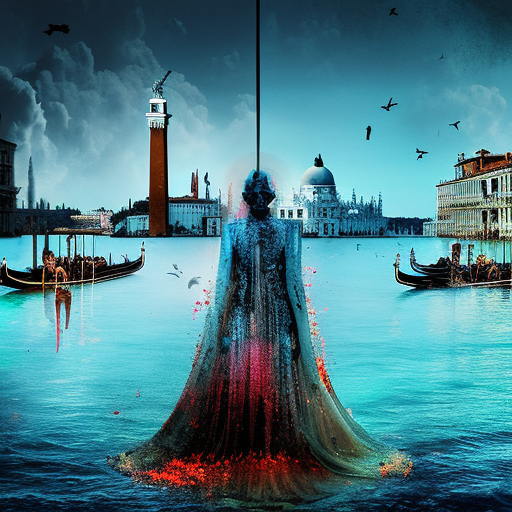One-line Summary:
Death in Venice is a haunting novella by Thomas Mann that explores the themes of beauty, desire, and decay through the story of an aging writer’s infatuation with a young boy.
Introduction:
Death in Venice, written by Thomas Mann and published in 1912, is a haunting novella that delves into the complexities of human desire and the pursuit of beauty. Set in Venice during the early 20th century, the story follows Gustav von Aschenbach, an aging and renowned writer who becomes infatuated with a young boy named Tadzio. Aschenbach’s infatuation leads him on a journey of self-discovery, obsession, and ultimately, his own demise.
The Allure of Beauty:
At the heart of Death in Venice is the exploration of the allure of beauty. Aschenbach, a man who has dedicated his life to intellectual pursuits, finds himself captivated by the ethereal beauty of Tadzio. The boy’s youthful charm and grace awaken a dormant desire within Aschenbach, leading him to question his own mortality and the meaning of his existence. Mann skillfully portrays the power of beauty to both inspire and corrupt, as Aschenbach’s infatuation becomes an obsession that consumes him.
The Struggle Between Passion and Restraint:
Another central theme in Death in Venice is the struggle between passion and restraint. Aschenbach, a man known for his discipline and self-control, finds himself torn between his desire for Tadzio and the societal norms that dictate his behavior. He battles with his own inner turmoil, vacillating between indulging in his desires and suppressing them. This internal conflict highlights the tension between societal expectations and the individual’s pursuit of personal fulfillment.
The Decay of Society and the Individual:
Throughout the novella, Mann explores the decay of both society and the individual. Set against the backdrop of Venice, a city known for its decaying grandeur, the story serves as a metaphor for the decline of civilization. Aschenbach’s infatuation with Tadzio mirrors the decay within himself, as he becomes increasingly consumed by his desires and loses touch with his rationality. Mann masterfully portrays the disintegration of both the individual and society, highlighting the fragility of human existence.
Key Takeaways:
- The pursuit of beauty can be both inspiring and destructive.
- Passion and restraint are in constant conflict within the human psyche.
- Decay is an inevitable part of life, both on an individual and societal level.
“The sign of a great man, said Aristotle, is that he does not wage war on his own kind.” – Thomas Mann, Death in Venice
In conclusion, Death in Venice is a thought-provoking novella that delves into the complexities of human desire, the pursuit of beauty, and the decay of both society and the individual. Through the tragic story of Gustav von Aschenbach’s infatuation with a young boy, Thomas Mann explores themes that resonate with readers to this day. The novella serves as a cautionary tale, reminding us of the power and dangers of unchecked desire, the struggle between passion and restraint, and the inevitable decay that awaits us all.












